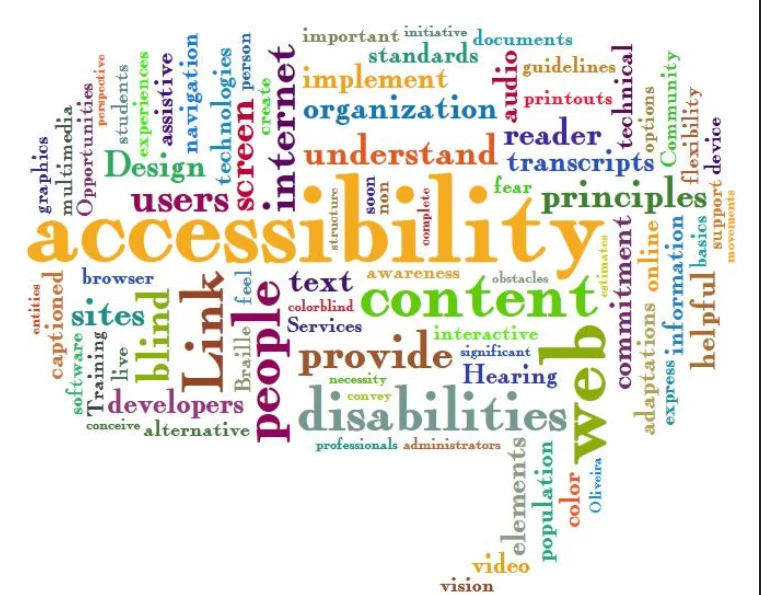Are you considering implementing new programs, technology, or resources to enhance visitor experience for differently abled patrons? If your answer is yes, there are a few key points to remember: respect the community you are serving; ensure the changes are mission oriented; confirm ADA compliance; and install measurable methods of evaluation.
Image Credit: Jil Wright












